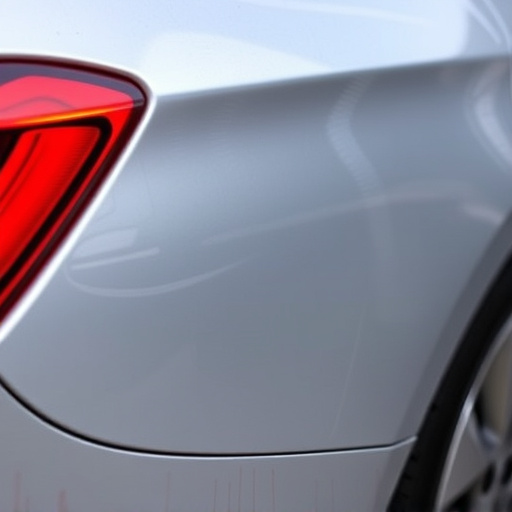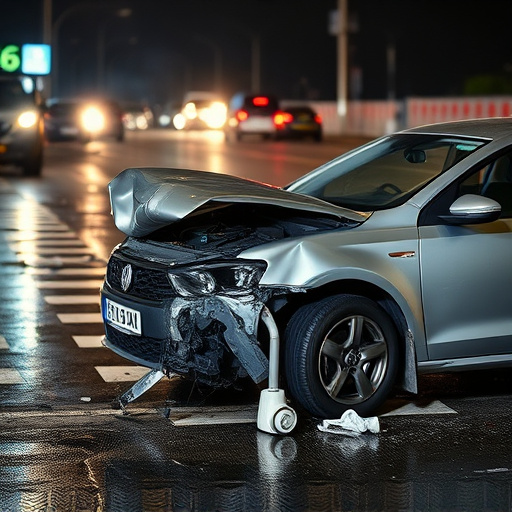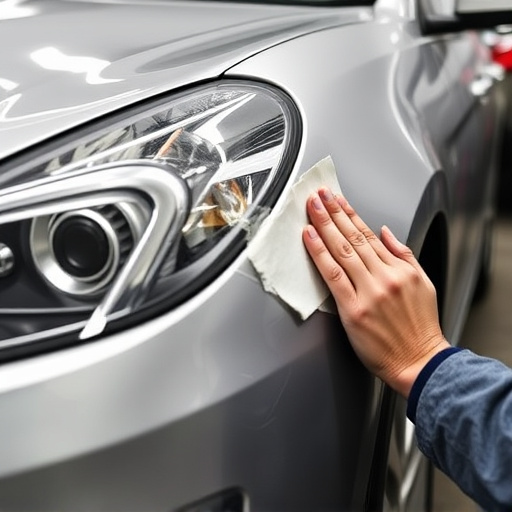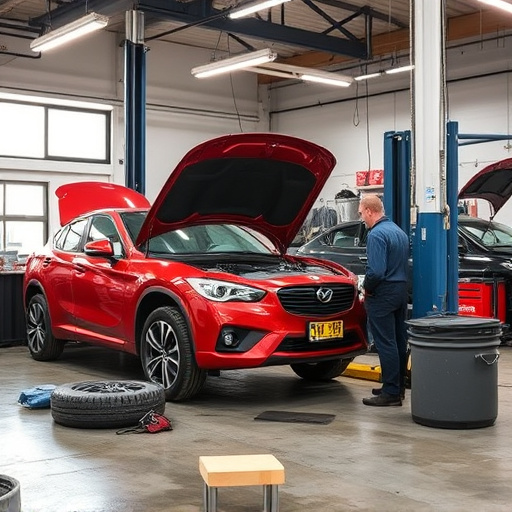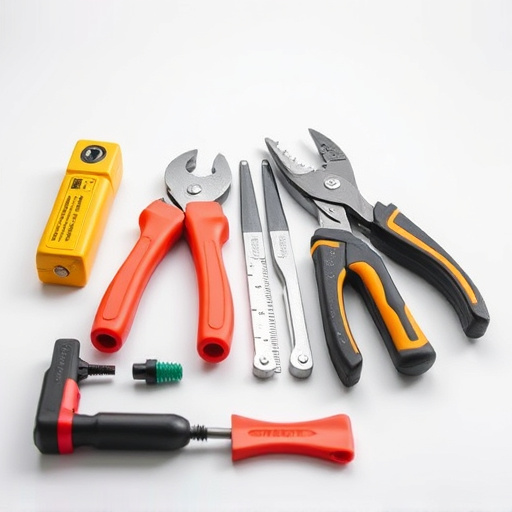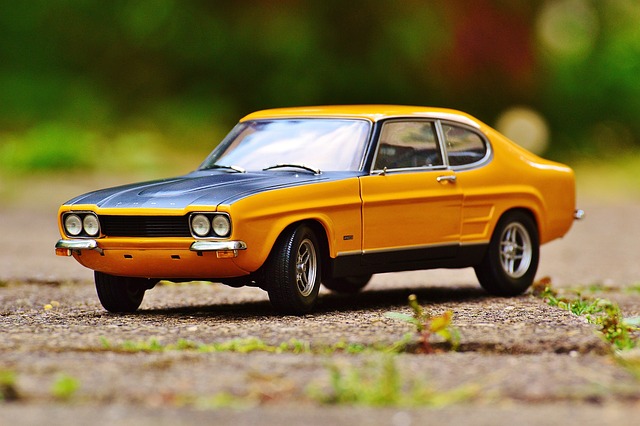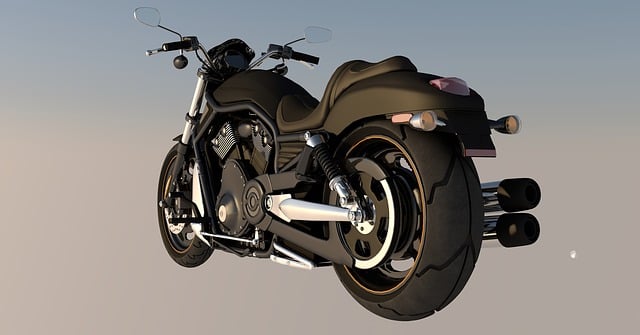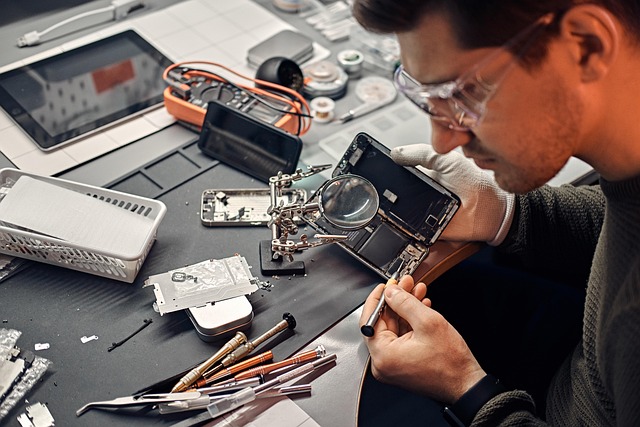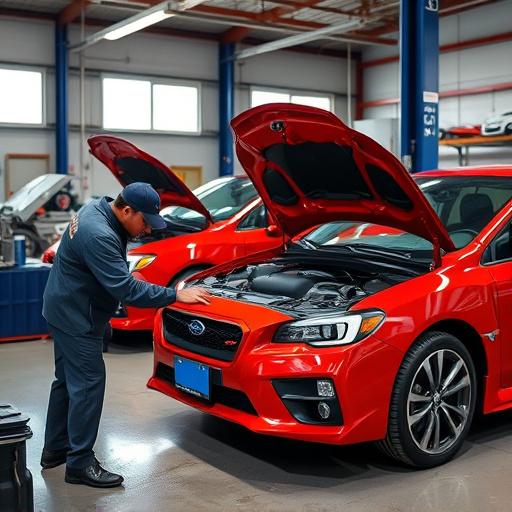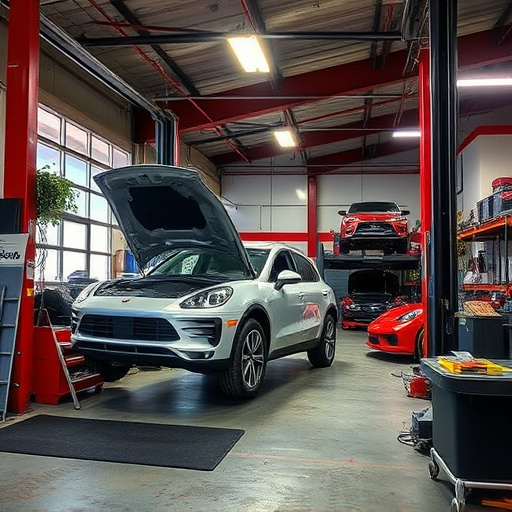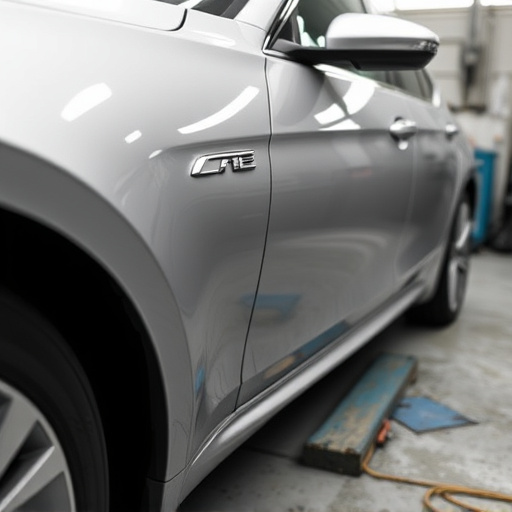A successful vehicle frame restoration begins with a comprehensive assessment to uncover structural damage. Experts employ advanced tools to detect flaws, disassemble the frame, and plan repairs. The process involves cleaning, patching, welding, painting, and detailing for a flawless finish. Timing varies based on initial damage, frame complexity, repair techniques, and precision required at each stage, emphasizing the need for adequate time for optimal results.
Uncovering the secrets of a successful vehicle frame restoration begins with understanding the timeline. This comprehensive guide delves into the intricate process, offering insights on every step from assessing damage and planning to the meticulous restoration itself.
Learn how time management plays a pivotal role in ensuring precision and quality. Discover the key considerations that determine the timeframe for frame restoration jobs, empowering you to navigate this complex yet rewarding endeavor effectively.
- Assessing Damage and Planning Restoration
- The Restoration Process: Step-by-Step
- Timeframe Considerations for Effective Frame Restoration
Assessing Damage and Planning Restoration
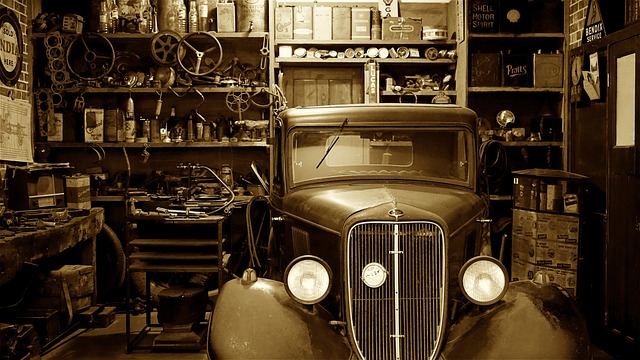
Before any restoration work begins, a thorough assessment of the vehicle’s damage is crucial. This step involves meticulous inspection to identify structural integrity issues within the frame. Auto frame repair experts will closely examine the frame for dents, bends, twists, or cracks that could compromise its strength and safety. Advanced tools like specialized lighting and digital measuring devices aid in this process, ensuring no hidden damage goes unnoticed.
During planning, the automotive body shop’s technicians create a detailed strategy, considering the extent of repairs required. This includes deciding on methods for dent removal and structural reinforcement if needed. Each damaged area is assigned a priority, with critical issues addressed first to ensure the vehicle’s safety and functionality. This meticulous planning phase sets the foundation for a successful vehicle frame restoration project.
The Restoration Process: Step-by-Step

The process of vehicle frame restoration is a meticulous art that involves several crucial steps to ensure the structural integrity and aesthetic beauty of the car. It begins with an extensive inspection, where experts assess the frame’s condition, identifying any damage, corrosion, or signs of previous repairs. This initial phase sets the foundation for the entire restoration journey.
Once the evaluation is complete, the actual restoration work commences. It typically involves several stages: disassembly of the vehicle to access the frame, thorough cleaning and degreasing to remove all contaminants, patchwork and welding to repair any damage, and finally, a meticulous painting process, often requiring multiple coats for a seamless finish. Auto detailing plays a significant role here, ensuring every curve and contour is flawless. Along with auto dent repair techniques, these steps contribute to the vehicle’s overall transformation, turning a damaged frame into a sturdy and visually appealing structure.
Timeframe Considerations for Effective Frame Restoration

The timeline for a vehicle frame restoration job varies based on several factors, each playing a crucial role in determining the overall duration. Initially, assessing the extent of damage is essential; severe cases may require more time due to intricate repair processes. The complexity of the frame, including its design and structural integrity, influences the restoration period.
Additionally, the choice of repair techniques, such as paintless dent repair for minor dings or collision repair for significant damages, impacts timing. Car body repair methodologies like traditional welding versus modern spot-welding techniques can also affect the schedule. Effective frame restoration demands precision, with each step needing adequate time to ensure quality, from preparing the surface to final assembly.
Vehicle frame restoration is a meticulous process that requires careful planning and consideration. By understanding the damage assessment, adopting a systematic restoration approach, and factoring in appropriate timeframe considerations, restorers can ensure top-quality results. Each step, from initial evaluation to final touches, plays a vital role in the overall success of the project. With the right strategies in place, vehicle frame restoration can be a game-changer for both classic car enthusiasts and automotive professionals.
